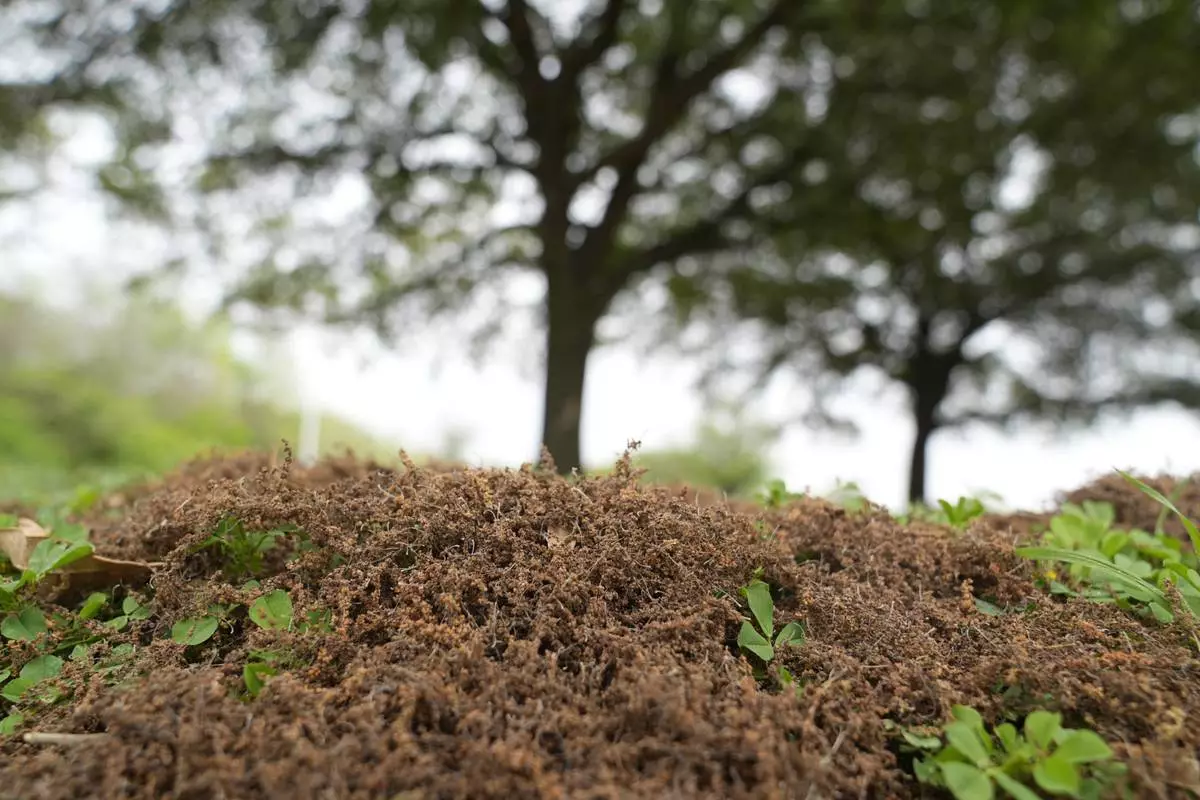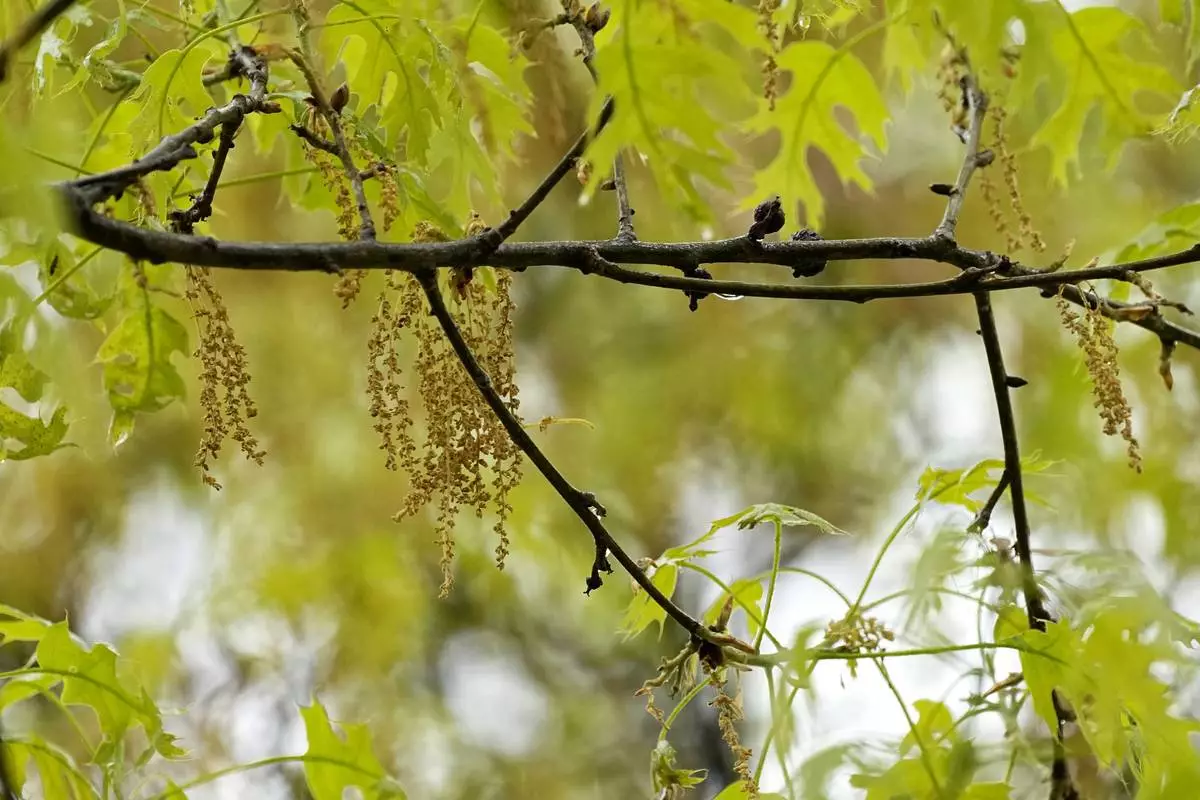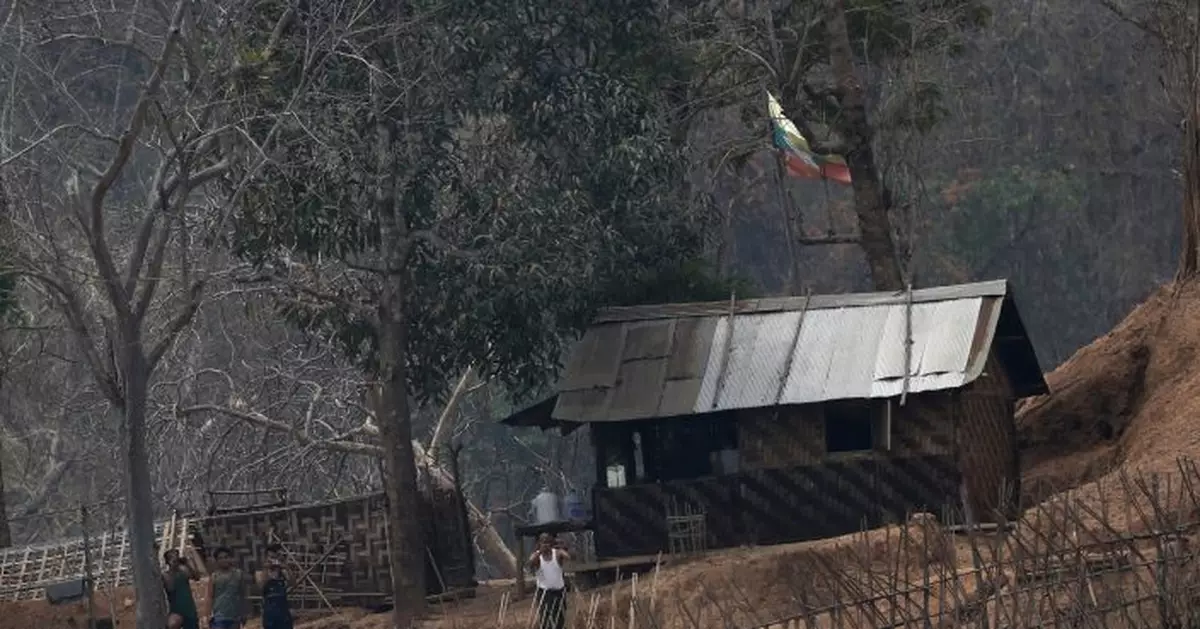Myanmar government forces launched airstrikes against ethnic minority guerrillas in two areas of the country on Wednesday, local reports said.
Fighting has been raging daily in northern Myanmar in territory controlled by the Kachin Independence Organization, representing the Kachin minority, and in the east by the Karen National Union, representing the Karen.
Both groups have struck alliances with the popular movement opposing the military junta that seized power in the country in February after ousting the elected government of Aung San Suu Kyi.
Generally non-violent marches against military rule continue in many cities and towns, despite the security forces' use of lethal force to stop them.
The Kachin and the Karen have been struggling for decades for greater autonomy from the central government and have their own well-armed and trained military units, whose help the protest movement has been seeking to counter the government’s armed might.
Col. Naw Bu, a Kachin spokesman, said fighting against the junta’s forces intensified Wednesday, reported 74 Media, an online news service in Kachin state.
It quoted him as saying that since Tuesday, the government has used heavy artillery and fighter jets to attack a Kachin position at the foot of Alaw Bum mountain. The position had been a government outpost but was seized by the Kachin on March 25.
Naw Bu said heavy fighting has been continuing in the area for five days, causing most civilians to flee.
According to the U.N. Office for the Coordination of Humanitarian Affairs, clashes between the two sides have escalated since mid-March, with almost 50 armed confrontations. It said both sides have used mortar shelling.
Details of the fighting in both the Kachin and Karen areas were not possible to independently verify.
In eastern Myanmar, government aircraft continued to carry out airstrikes in Karen state on Wednesday, according to aid groups active in the area, a day after Karen guerrillas overran an army base on the banks of the Salween river dividing Myanmar and Thailand.
Both the Karen Peace Support Network and the Free Burma Rangers confirmed a total of six air attacks involving jets and helicopters. They said there were no known casualties but the Peace Support Network said about 300 villagers fled across the border.
There also were air attacks on Tuesday just hours after the Karen seized the riverside base.
The latest wave of airstrikes increased fears that more villagers will abandon their homes in vulnerable areas, with many likely to try to cross into Thailand.
Fighting between the Karen and the Myanmar military has been intense since February.
Myanmar jets have bombed and strafed Karen villages since March 27, and its army has deployed new battalions to the area in possible preparation for a large-scale offensive.
Allergy season can bring misery to tens of millions of Americans each year.
Tree, grass, and other pollens can cause runny noses, itchy eyes, coughing and sneezing.
Where you live and what you're allergic to can make a big difference in how bad your allergies are, but there are many things you can do to feel better.
Here are some tips from experts to keep allergies at bay — maybe even enough to allow you to enjoy the outdoors.
There are three main types of pollen. Earlier in the spring, tree pollen is the main culprit. After that grasses pollinate, followed by weeds in the late summer and early fall.
Some of the most common tree pollens that cause allergies include birch, cedar, cottonwood, maple, elm, oak and walnut, according to the Asthma and Allergy Foundation of America. Grasses that cause symptoms include Bermuda, Johnson, rye and Kentucky bluegrass.
The best and first step to controlling allergies is avoiding exposure. That’s easier said than done when it's nice out.
Start with keeping your windows closed at home and in the car, avoiding going out when pollen counts are highest and changing clothes when you get home. The same masks that got us through the pandemic can protect you from allergies — though they won't help with eye symptoms.
Pollen trackers can help with planning. The American Academy of Allergy Asthma and Immunology tracks levels through a network of counting stations across the U.S. Counts are available at its website and via email.
You can't fight an enemy you don't know.
Since many Americans are allergic to several things at once, the first thing to figure out is what specifically you’re allergic to, said Dr. Nana Mireku, an allergist in the Dallas-Fort Worth area.
Over-the-counter nasal sprays can help relieve symptoms, but they take a while to kick in, so it’s best to start them in early in the season, said Dr. Rachna Shah, an allergist and director of the Loyola Medicine Allergy Count.
Antihistamines are another option. Shah said she’s seen some patients benefit from switching to a similar brand if one stops working, but said that there isn’t much broader data to back the recommendation.
For young children and people who have to take many different allergy medications, immunotherapies in the form of shots and oral drops can help desensitize the immune system to allergens, treating symptoms at their root.
The Asthma and Allergy Foundation of America issues an annual ranking of the most challenging cities to live in if you have allergies, based on over-the-counter medicine use, pollen counts and the number of available allergy specialists. This year, the top five were Wichita, Kansas; Virginia Beach, Virginia; Greenville, South Carolina; Dallas; and Oklahoma City.
If you've been thinking it started earlier and seems longer this year, you're on to something.
Shah usually starts looking at pollen counts in the Chicago area in April. But this year, she peeked at her data in mid-February, and tree pollen was already at a “moderate” level.
“This season has been so nuts,” she said. “Granted, it was a pretty mild winter, but I didn’t expect it to be so early.”
Shah said she believes this season will be longer than other years, assuming the weather remains warm.
Experts say climate change has led to longer and more intense allergy seasons.
The Associated Press Health and Science Department receives support from the Robert Wood Johnson Foundation. The AP is solely responsible for all content.

FILE - Tree pollen pods lay in a pile at a park in the Dallas suburb of Richardson, Texas, Thursday, March 21, 2024. The Asthma and Allergy Foundation of America issues an annual ranking of the most challenging cities to live in if you have allergies, based on over-the-counter medicine use, pollen counts and the number of available allergy specialists. In 2024, the top five were Wichita, Kansas; Virginia Beach, Virginia; Greenville, South Carolina; Dallas; and Oklahoma City. (AP Photo/LM Otero, File)

FILE - An oak tree with new leaf growth also shows pollen and a drop of water hanging among the branches at a park in Richardson, Texas, Thursday, March 21, 2024. There are three main types of pollen. Earlier in the spring, tree pollen is the main culprit. After that grasses pollinate, followed by weeds in the late summer and early fall. (AP Photo/Tony Gutierrez, File)











